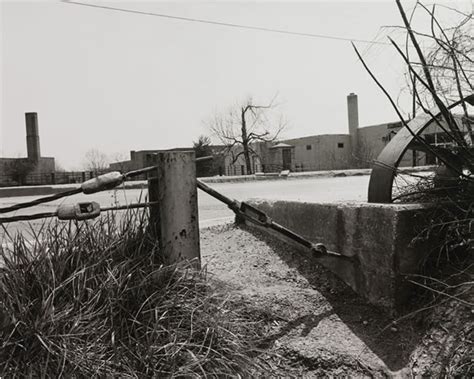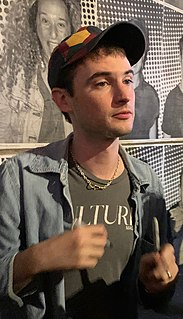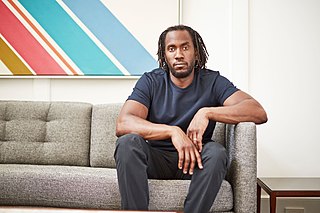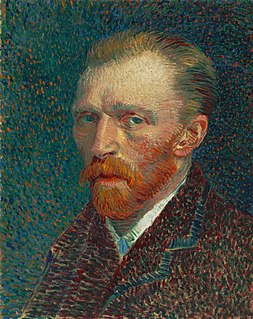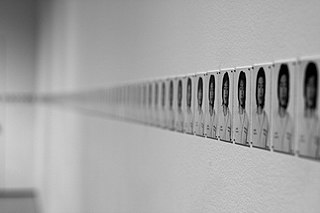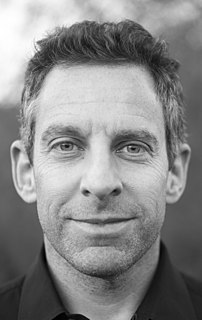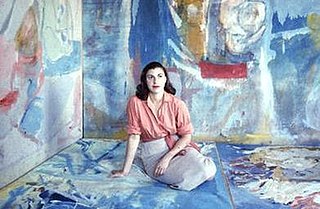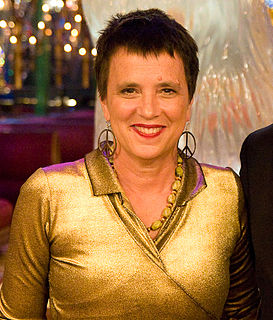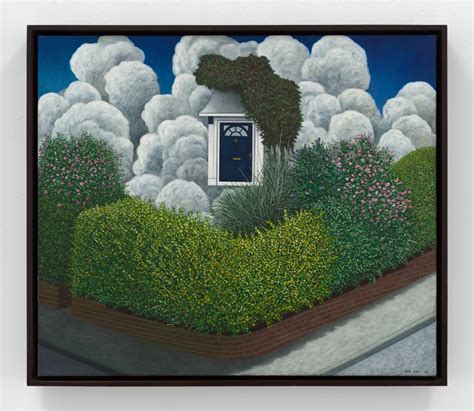A Quote by John Gossage
I don’t work as a conceptualist. Let’s say the conceptual art model is that you have a project idea, or a set of concerns, and then you illustrate those concerns in whatever manner you see appropriate. For me, it has always been that the world suggests far more subtle and interesting variations than I could ever come up with.
Related Quotes
But I must work on in full calmness and serenity... The world concerns me only in so far as I feel a certain debt and duty towards it, because I have walked on the earth for thirty years, and out of gratitude want to leave some souvenir in the shape of drawings or pictures, not made to please a certain tendency in art, but to express a sincere human feeling. So this work is the aim-and through concentration upon that one idea, everything one does is simplified. Now the work goes slowly-a reason the more to lose no time.
I love to work, and to make all kinds of work. But if I work on a fashion story then I work for somebody. If I work for me, for an art project, then I'm not that nervous. It doesn't matter when the photo is done. And if I work on a fashion shoot, then I have access to all these things that I can use later for my art - a still life here or there. I can do all of this while the model is changing.
I know I am a human being. I can give myself to one year for a project. That is why I say I'm primitive in the way I work, especially compared to most artists. I came to New York in 1974, knowing that it is the art center of the world. But I didn't go to find people for my work. I do the work, and the people come to me, and I learn from them. That has always been my approach - to do the job first and then to respond to it after I finish and learn what people think about it. That's how I develop, and I'm more of an outsider in that way.
To all viewers but yourself, what matters is the product: the finished artwork. To you, and you alone, what matters is the process: the experiences of shaping that artwork. The viewers' concerns are not your concerns (although it'd dangerously easy to adopt their attitudes.) Their job is wahtever it is: to be moved by art, to be entertained by it, to make a killing off it, whatever. Your job is to learn to work on your work.
When I was younger I was much more polemical and didactic, much less trusting. Inherently my own vision of the world would weave its way through the characters. Also, my concerns are changing. What happens is you write a few plays and get boxed into some idea of what your concerns are and what you're supposed to be writing about.
What is true, and I think that we can't deny it, is that some of the same concerns about globalization, about technology, rapid social change that were reflected in Brexit, that's been reflected in some of the debates in Germany and France and other places, that those exist in the United States as well. My view is that over the long term, over the next 10, 15, 20 years, if we are able to address the legitimate economic concerns of those who feel left behind by globalization, then many of these tensions will be reduced. And we will see a world that is less divided.
Bus stops are far more interesting and useful places to have art than in museums. Graffiti has more chance of meaning something or changing stuff than anything indoors. Graffiti has been used to start revolutions, stop wars, and generally is the voice of people who aren't listened to. Graffiti is one of those few tools you have if you have almost nothing. And even if you don't come up with a picture to cure world poverty you can make somebody smile while they're having a piss.
